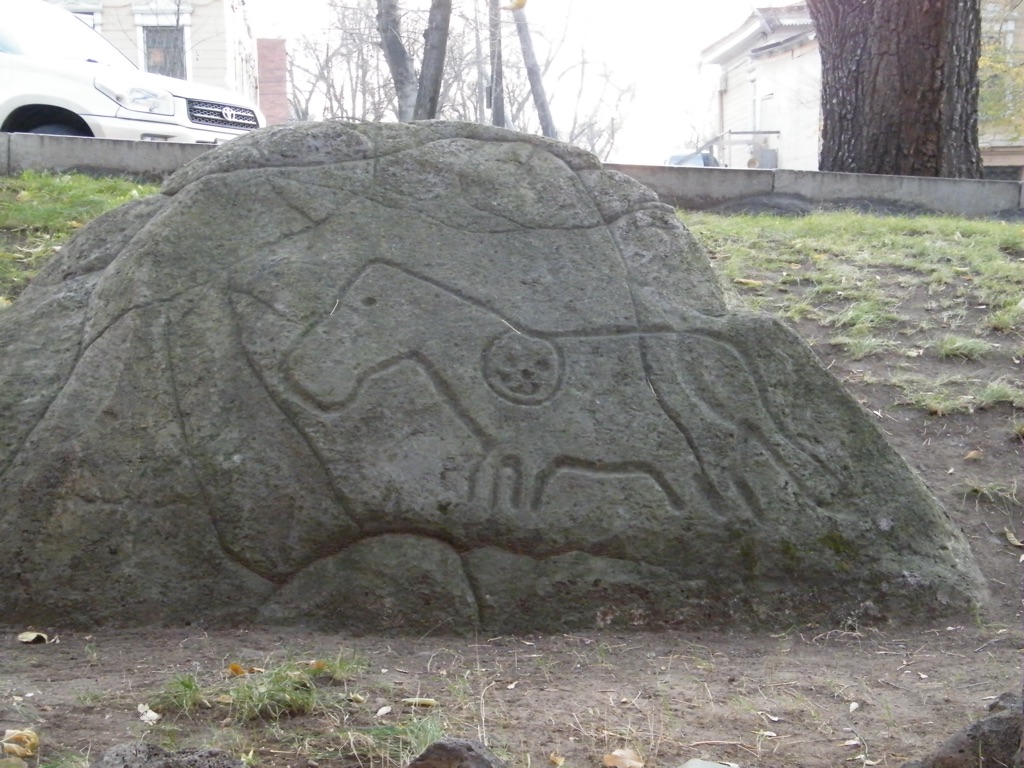The Petroglyphs of Sikachi-Alyan are a collection of ancient rock carvings found on the banks of the Amur River in Russia. These engravings depict a variety of scenes and symbols, including animals, boats, and mysterious figures. They offer a window into the spiritual and daily life of the indigenous peoples of the region, dating back to the Neolithic period. The petroglyphs are a testament to the artistic expression and cultural significance of the area’s ancient inhabitants.
Get your dose of History via Email
Historical Background of Petroglyphs of Sikachi-Alyan
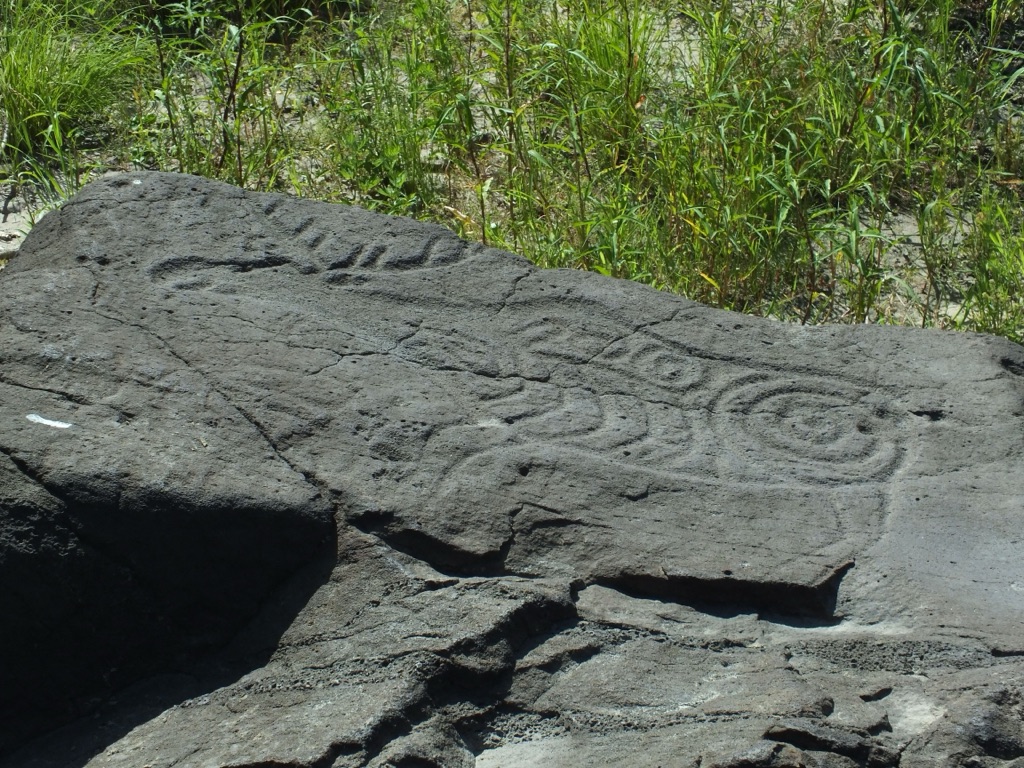
The Petroglyphs of Sikachi-Alyan were first documented by Russian explorers in the 17th century. However, the indigenous Nanai people had long revered these carvings. The exact creators of the petroglyphs remain unknown, but they are believed to be the ancestors of the Nanai. These ancient artists left behind a legacy etched in stone, which has survived for thousands of years.
Over time, the petroglyphs have faced threats from natural erosion and human activity. Conservation efforts began in the 20th century to preserve these historical treasures. Researchers have conducted various studies to understand the petroglyphs’ origins and meanings.
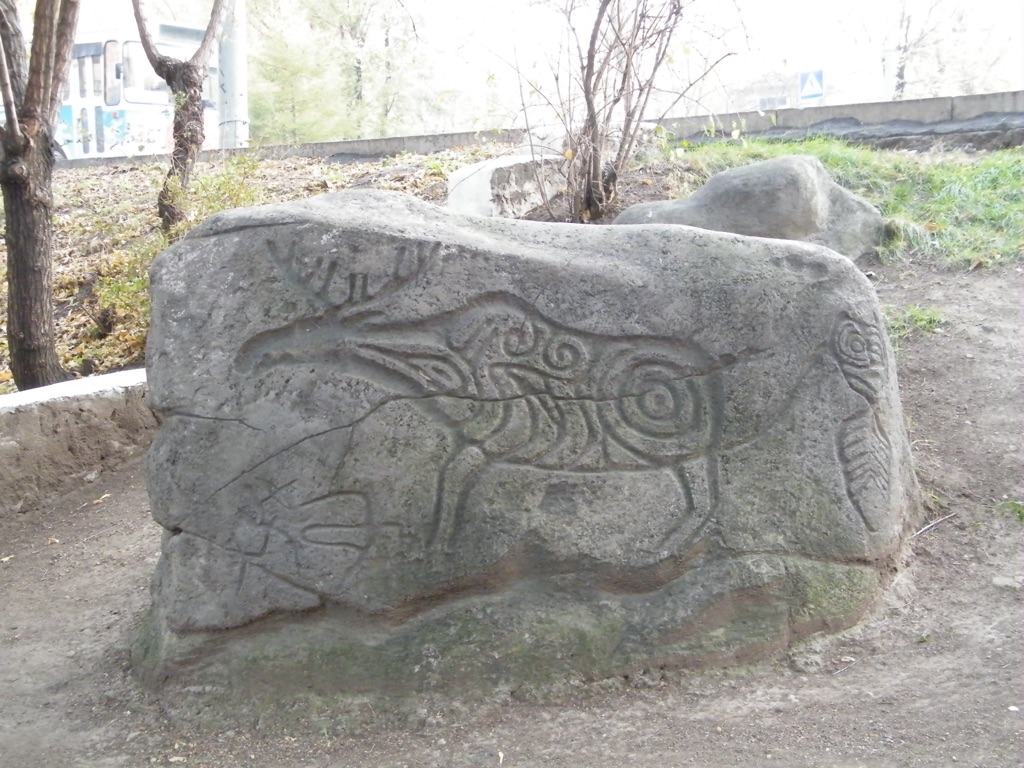
The discovery of the petroglyphs sparked interest in the ancient cultures of the Russian Far East. Archaeologists and historians have worked to uncover the stories behind these carvings. While the exact date of their creation is uncertain, stylistic analysis suggests they were made over a broad time span, with some possibly dating back to the Neolithic era.
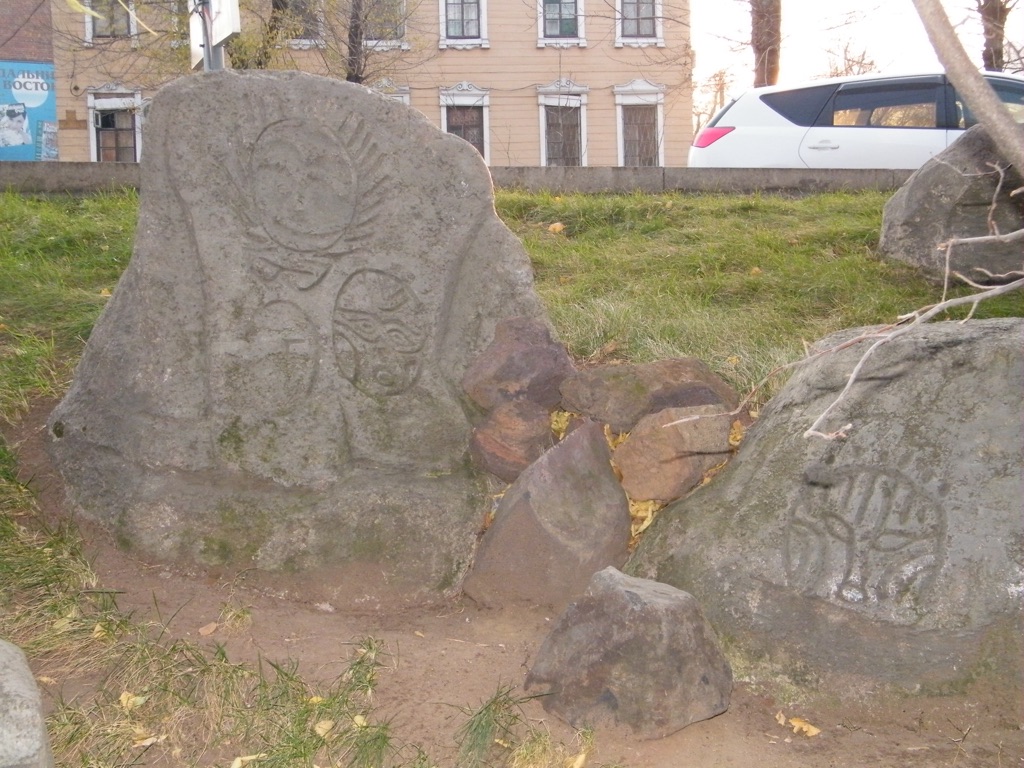
Despite the challenges of preservation, the Petroglyphs of Sikachi-Alyan continue to be a focal point for cultural and historical studies. They attract scholars and tourists alike, eager to glimpse the artistic heritage of the Amur River’s ancient inhabitants. The site remains a symbol of the enduring legacy of the region’s prehistoric communities.
About Petroglyphs of Sikachi-Alyan
The Petroglyphs of Sikachi-Alyan are carved into basalt rocks along the Amur River. The carvings depict a wide range of imagery, from curvilinear designs to realistic portrayals of animals. The most famous images include the “big boats” and “masks,” which have intrigued observers for centuries. The petroglyphs are a testament to the skill and creativity of their unknown makers.
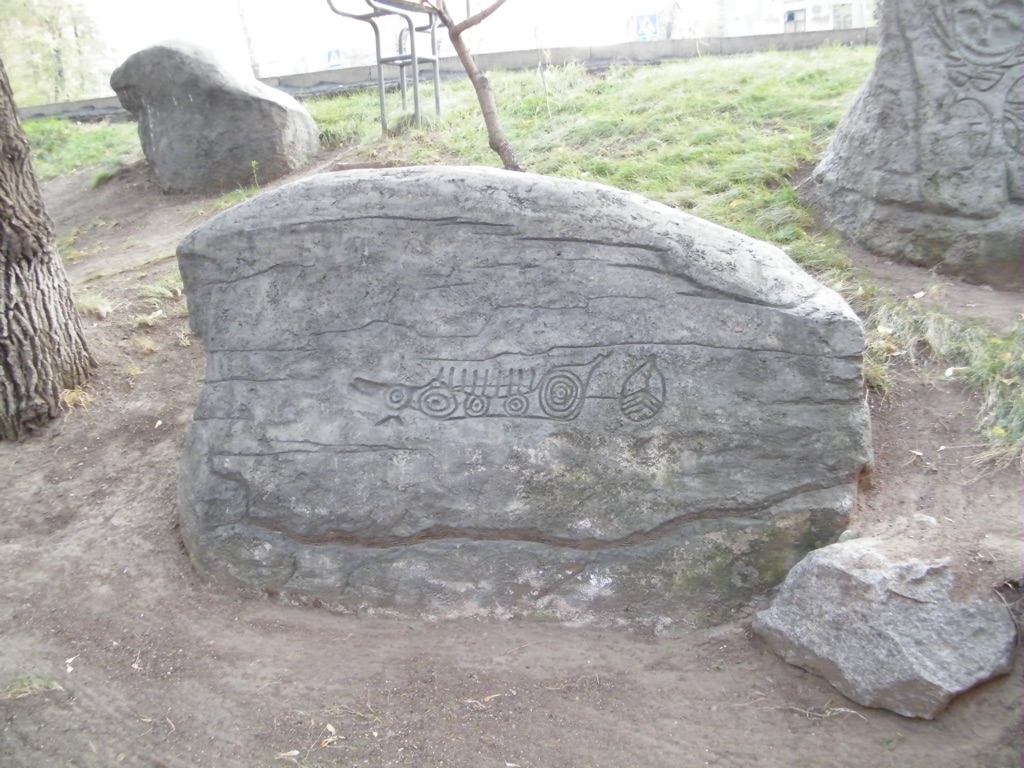
The methods used to create these petroglyphs involved pecking and grinding the rock surface. This technique allowed for the creation of both shallow and deep engravings. The artists used stone tools to carefully etch their designs into the hard basalt, a testament to their craftsmanship and patience.
The materials used for the petroglyphs were the natural rocks found along the riverbank. The basalt provided a durable canvas that has withstood the test of time. The dark surface of the basalt also offers a stark contrast that highlights the petroglyphs’ intricate details.
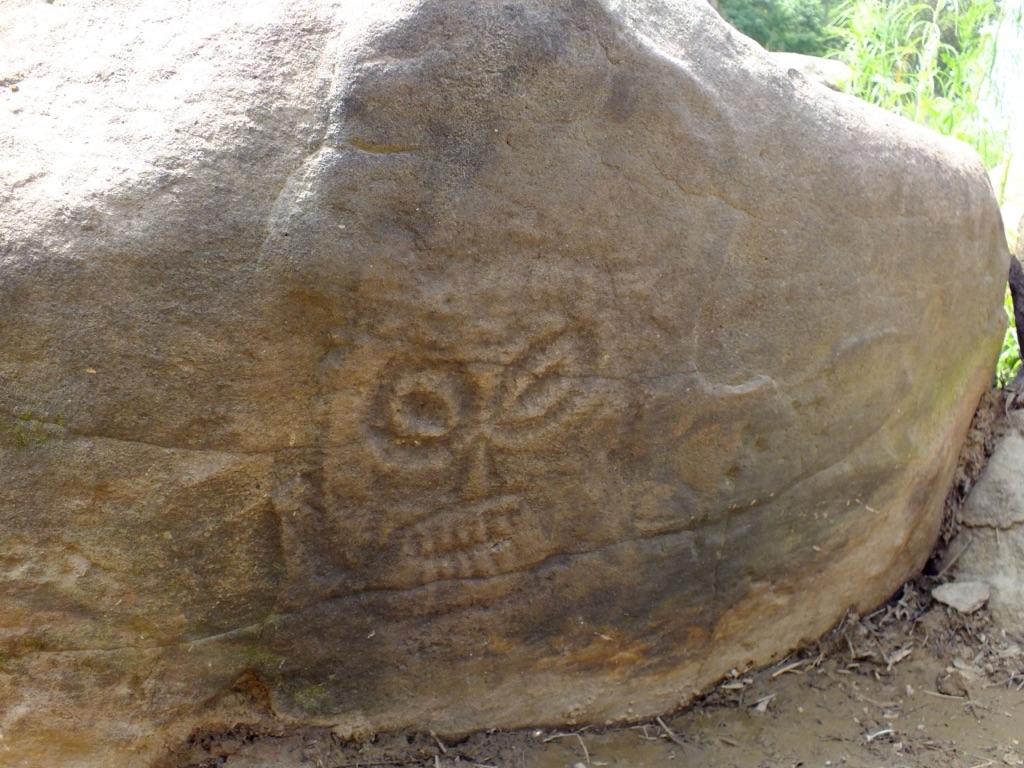
Theories and Interpretations
Several theories exist about the purpose and meaning of the Petroglyphs of Sikachi-Alyan. Some scholars suggest they had a spiritual or ritualistic function, serving as a medium for communication with the divine. Others believe the petroglyphs may have been a form of ancient storytelling or record-keeping.
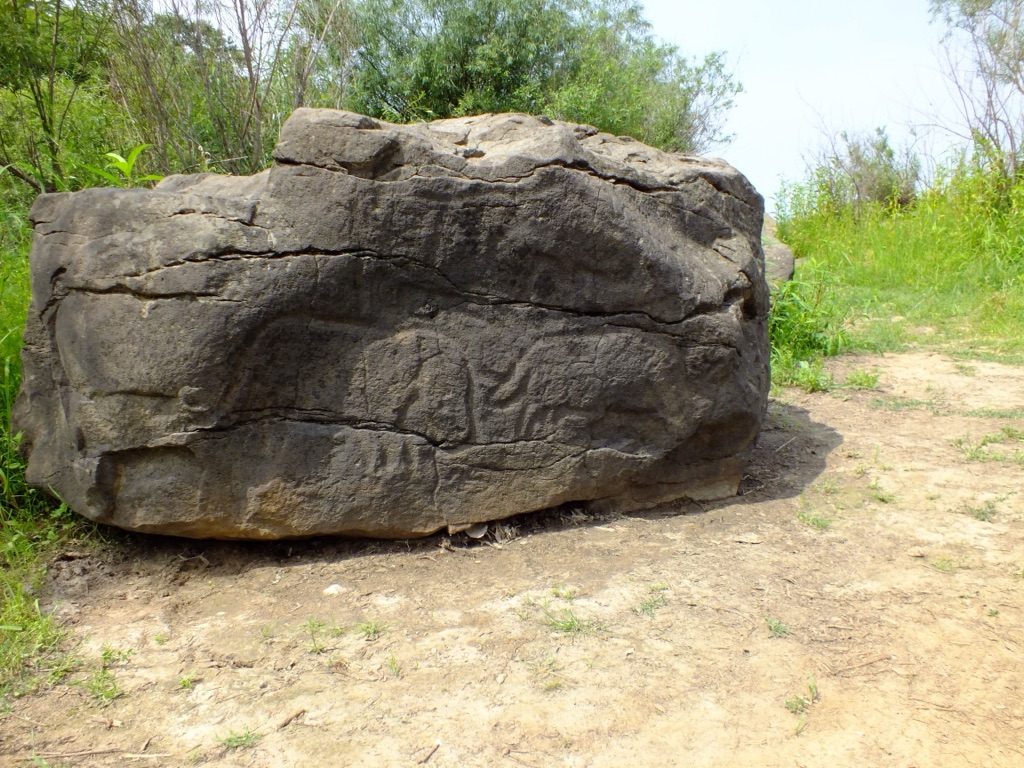
The mysterious nature of the petroglyphs has led to various interpretations. Some images are thought to represent shamanistic practices, while others might depict hunting scenes or clan symbols. The true meanings remain elusive, leaving much to the imagination and scholarly debate.
Matching the petroglyphs to historical records is challenging due to the lack of written documentation from the time of their creation. The carvings predate the written history of the region, making direct correlations difficult. However, comparisons with other similar sites have provided some context for understanding the petroglyphs.
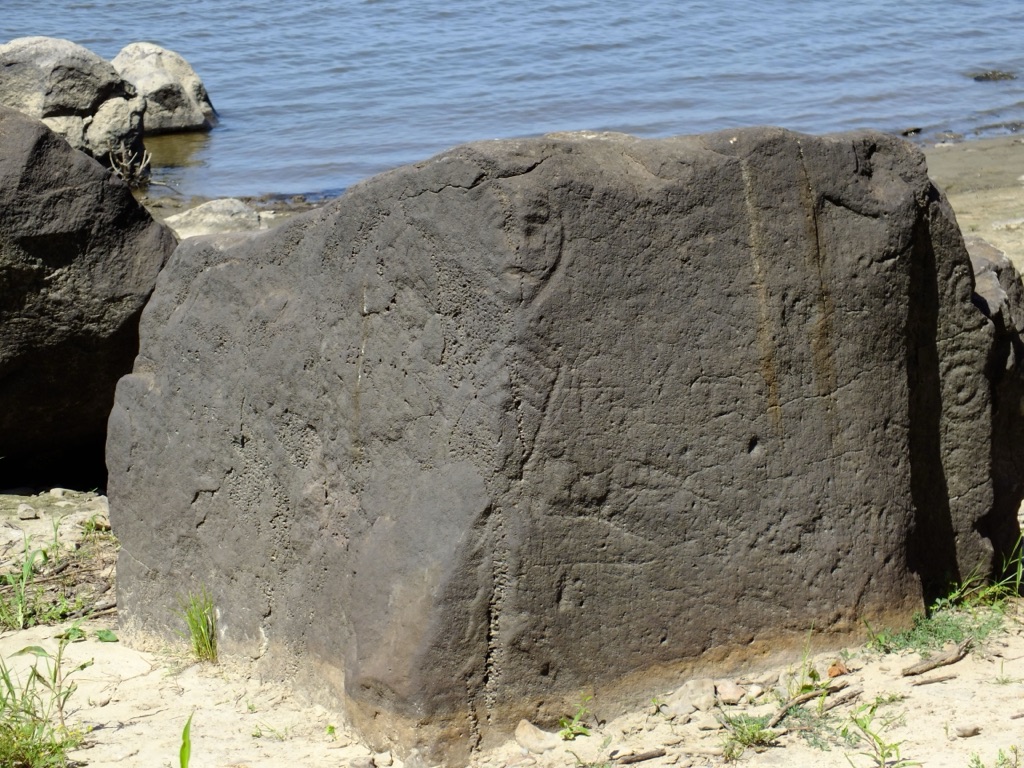
Dating the petroglyphs has been carried out using indirect methods, such as stylistic comparisons and geological assessments. Radiocarbon dating is not directly applicable to the petroglyphs themselves, as they are carved into rock. However, organic materials found in nearby archaeological layers have provided some chronological clues.
The petroglyphs continue to be a subject of fascination and study. As new technologies and archaeological methods develop, researchers hope to gain a clearer understanding of the site’s history and significance. For now, the Petroglyphs of Sikachi-Alyan remain a captivating enigma, inviting both admiration and inquiry.
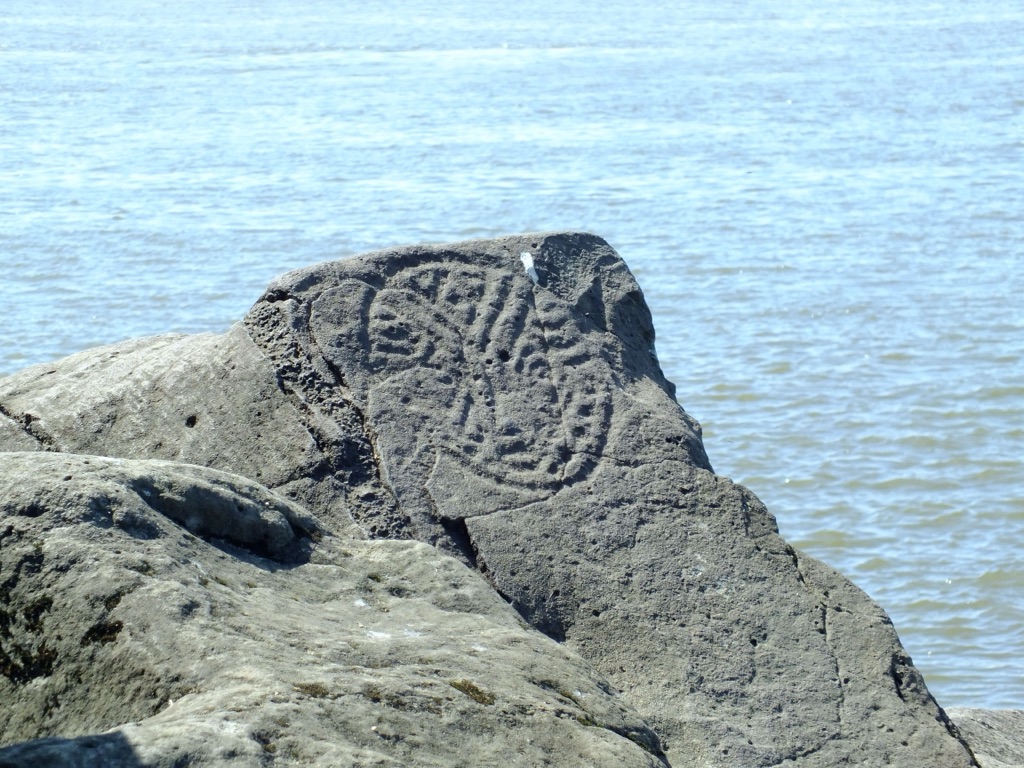
At a glance
Country: Russia
Civilization: Likely created by the ancestors of the Nanai people
Age: Some carvings may date back to the Neolithic period
Conclusion and Sources
Reputable sources used in the creation of this article include:

